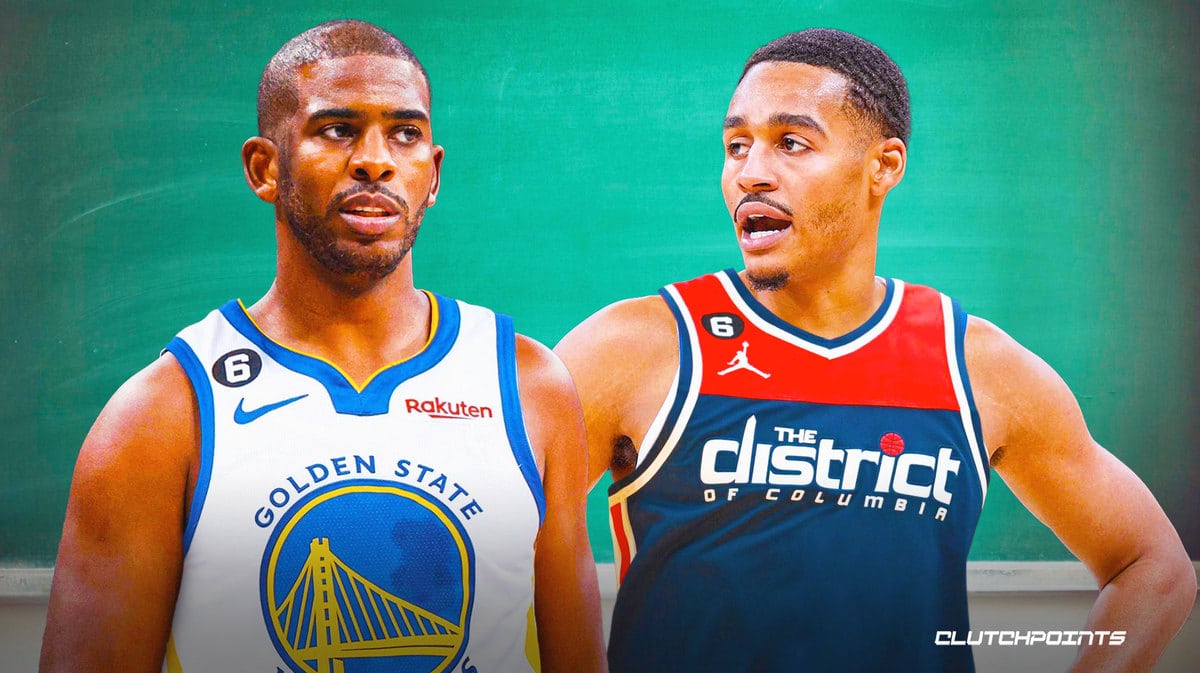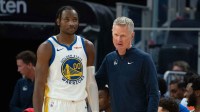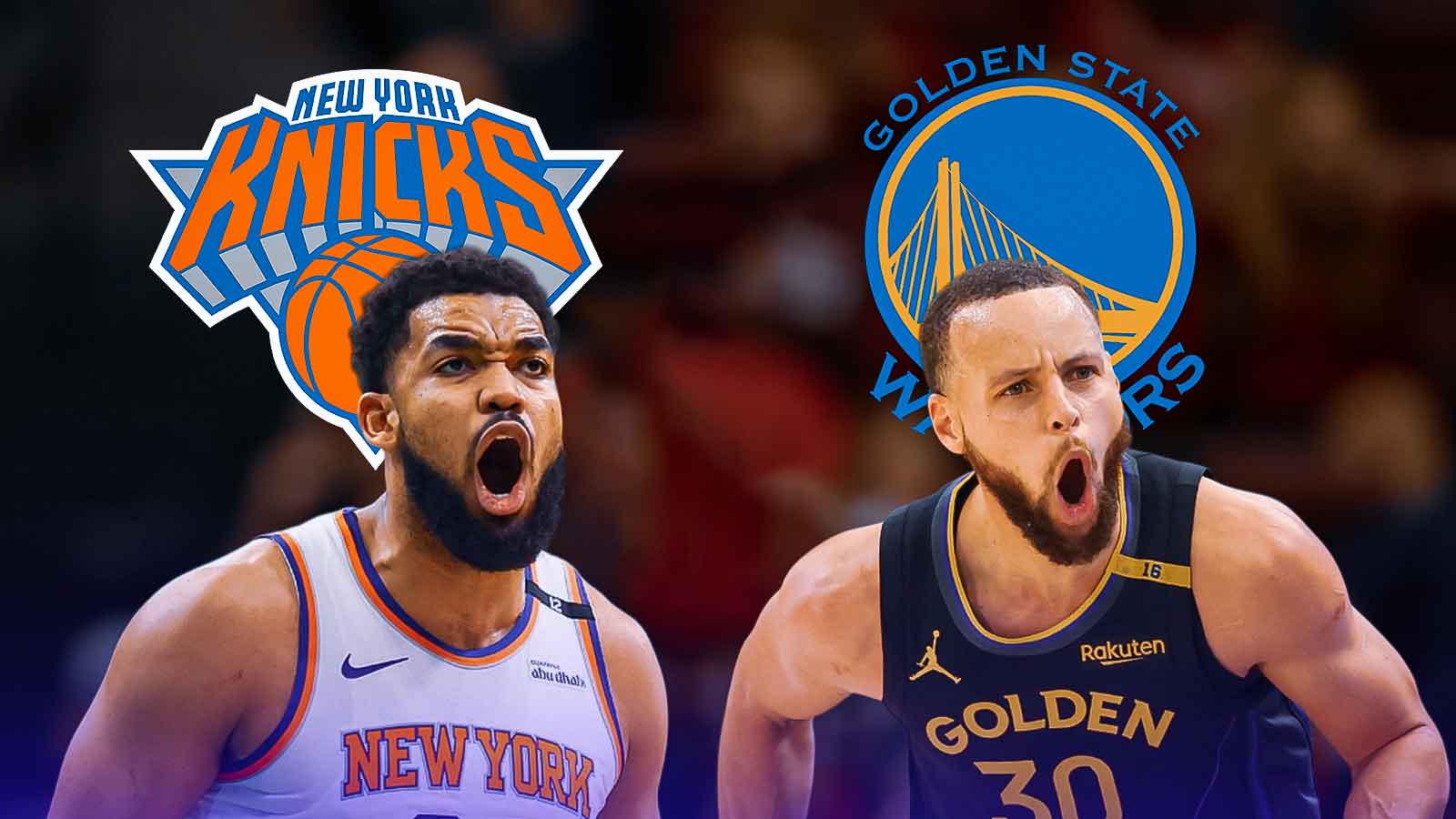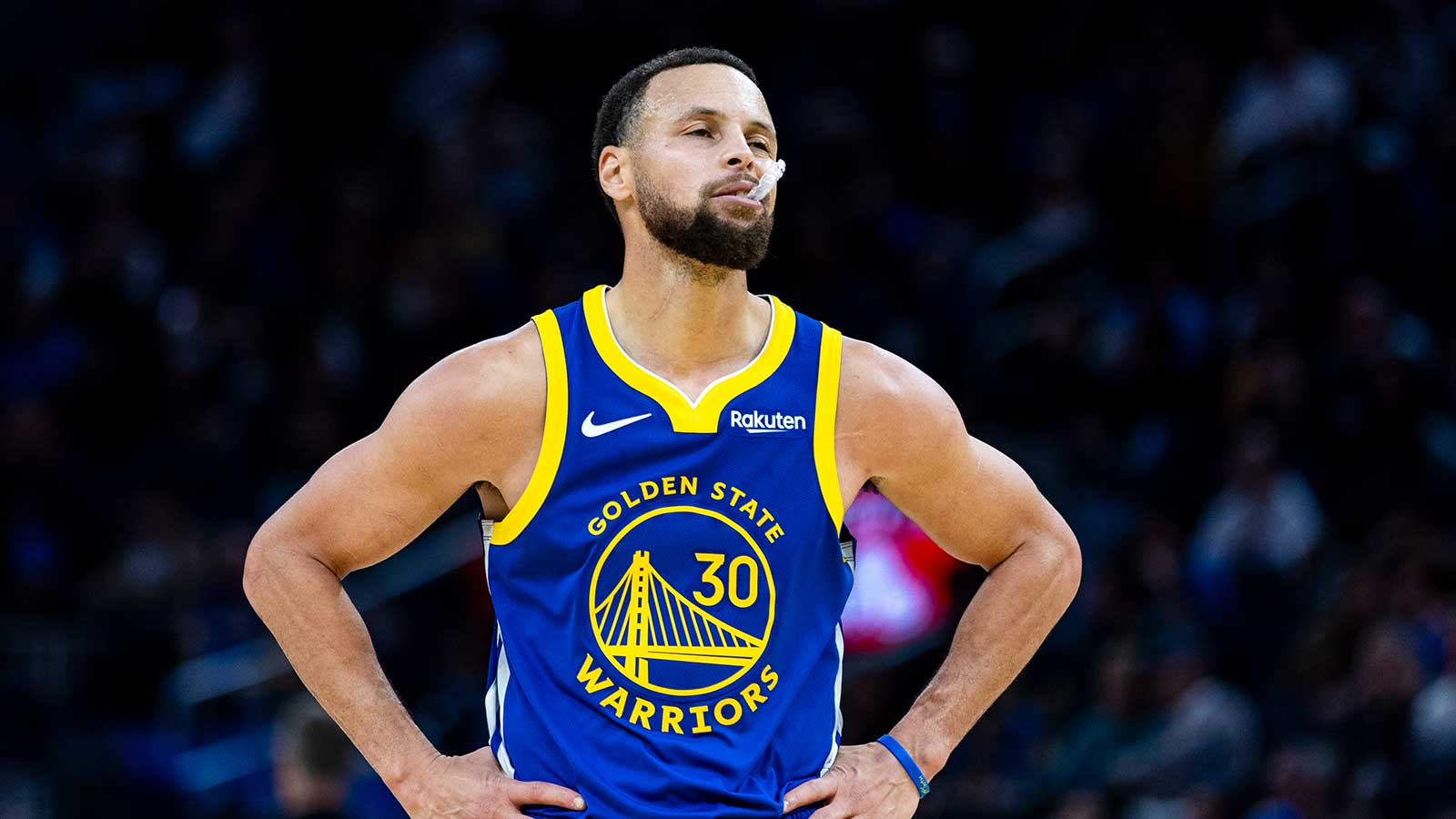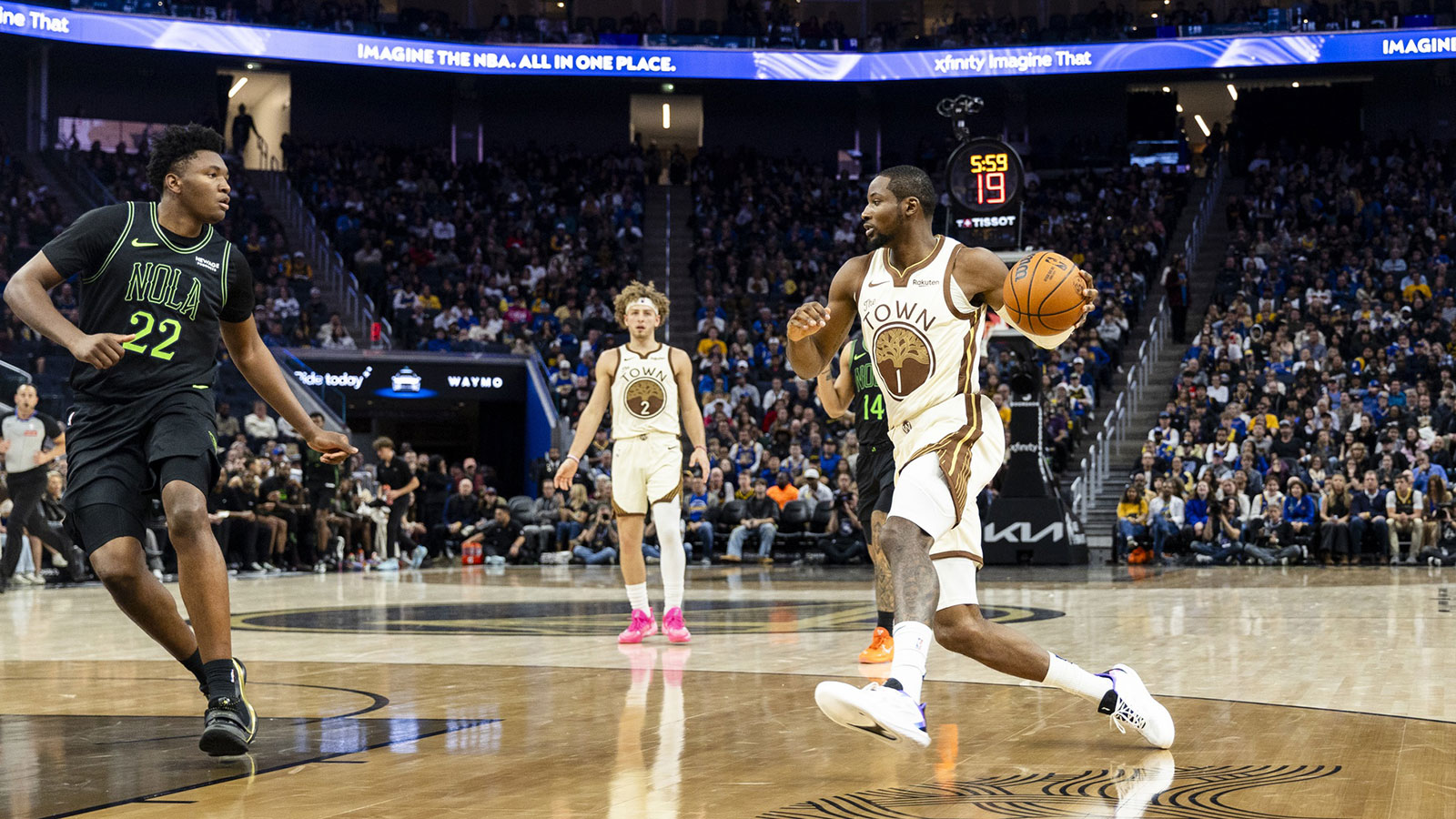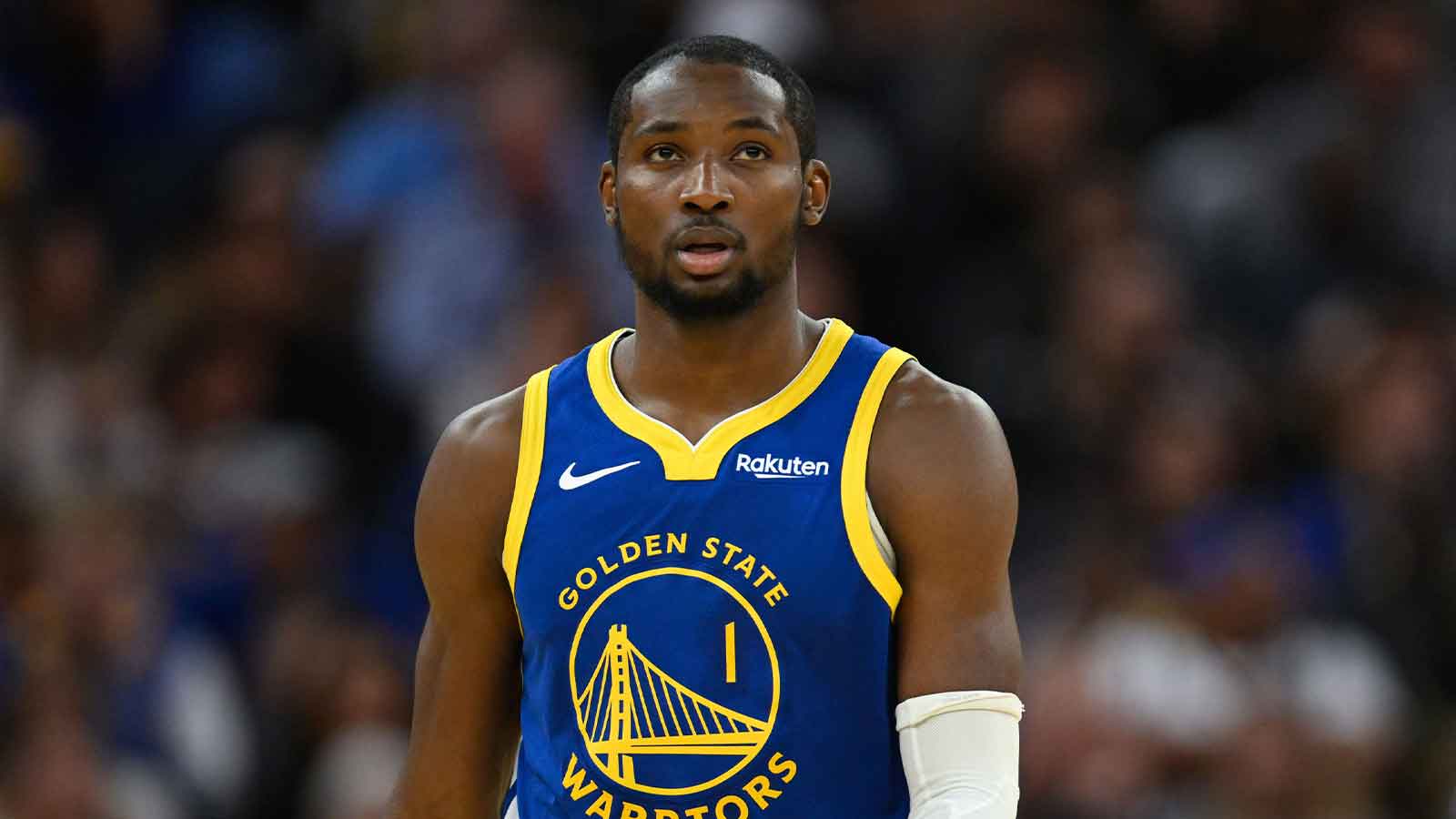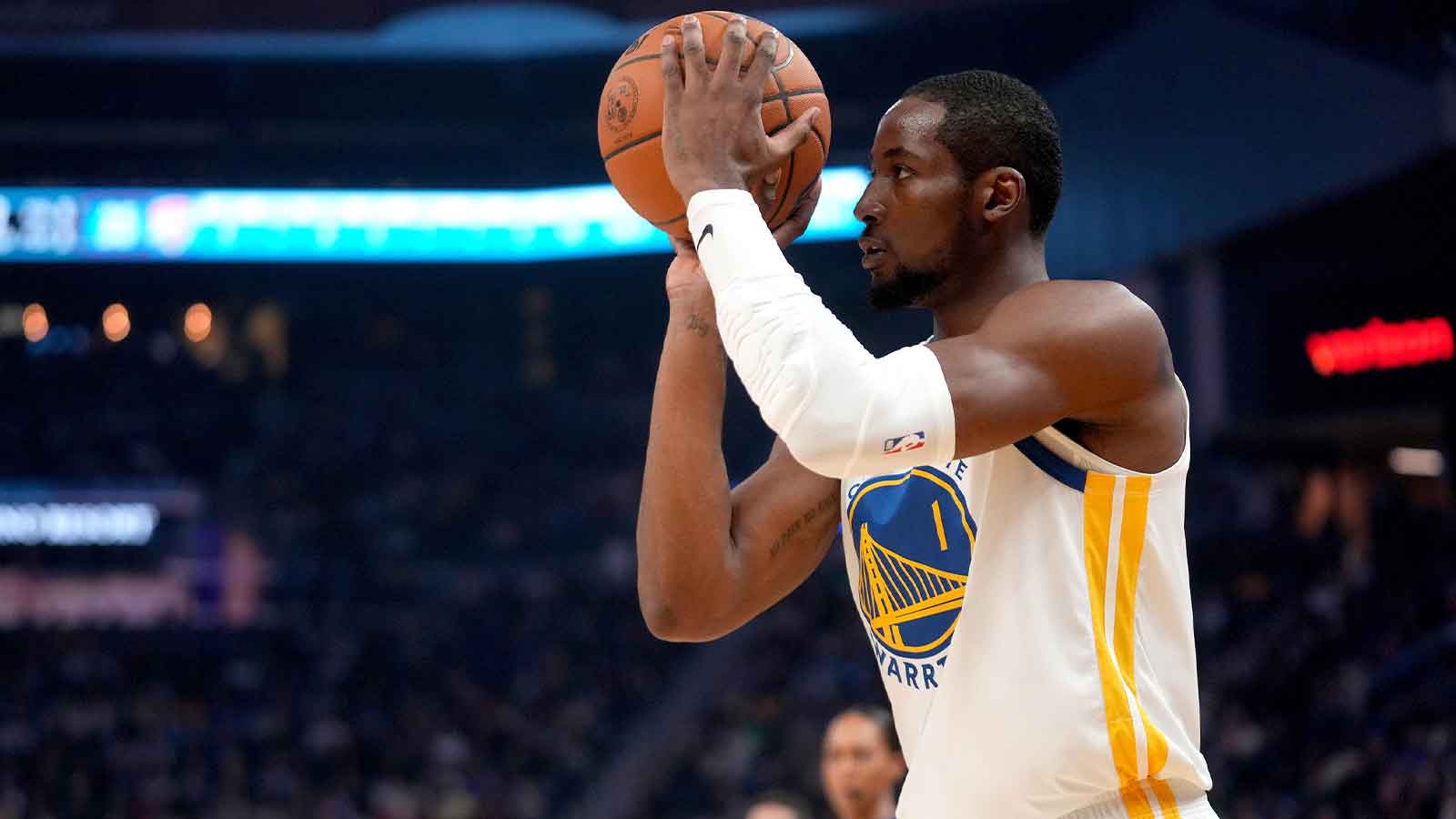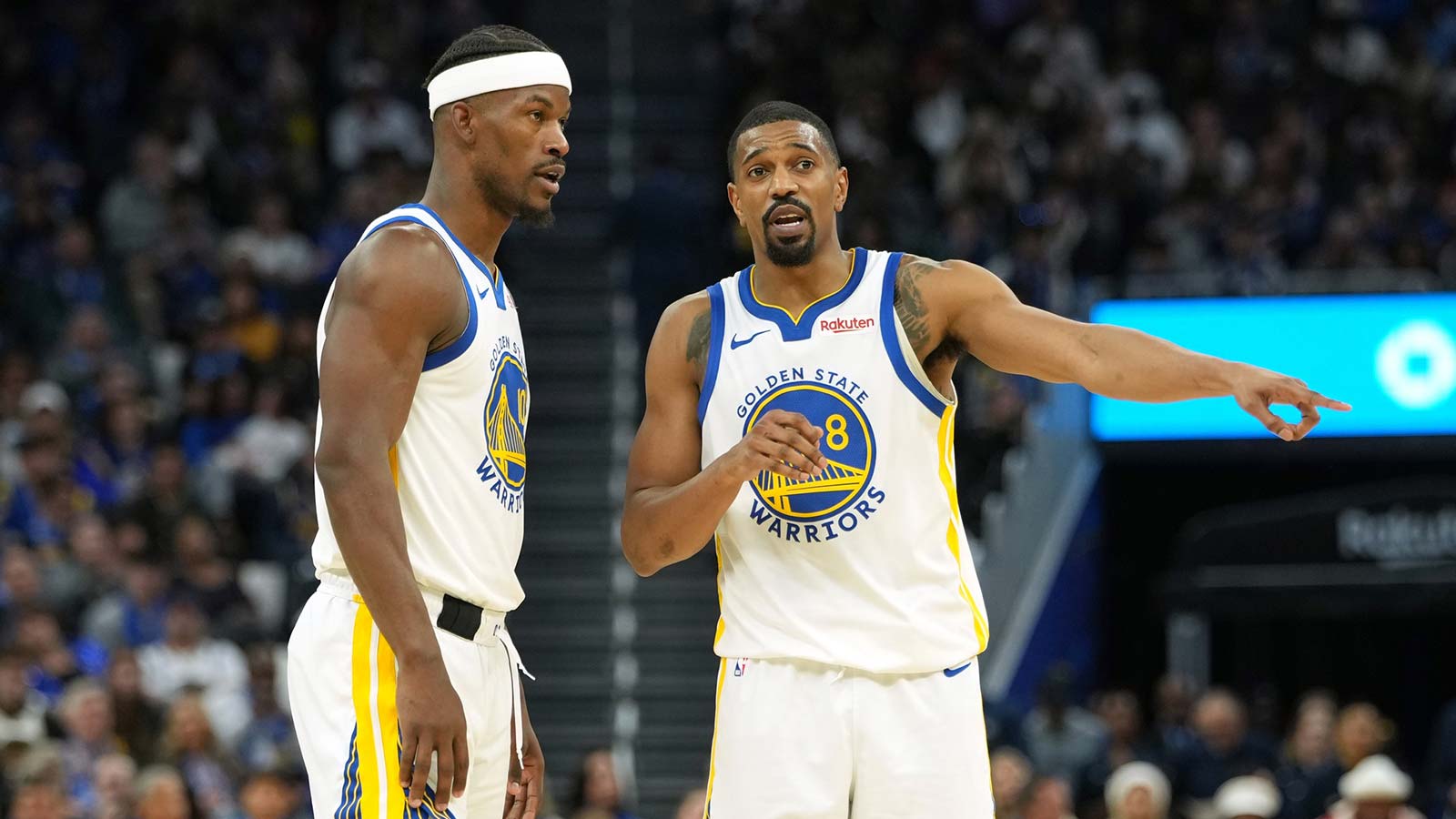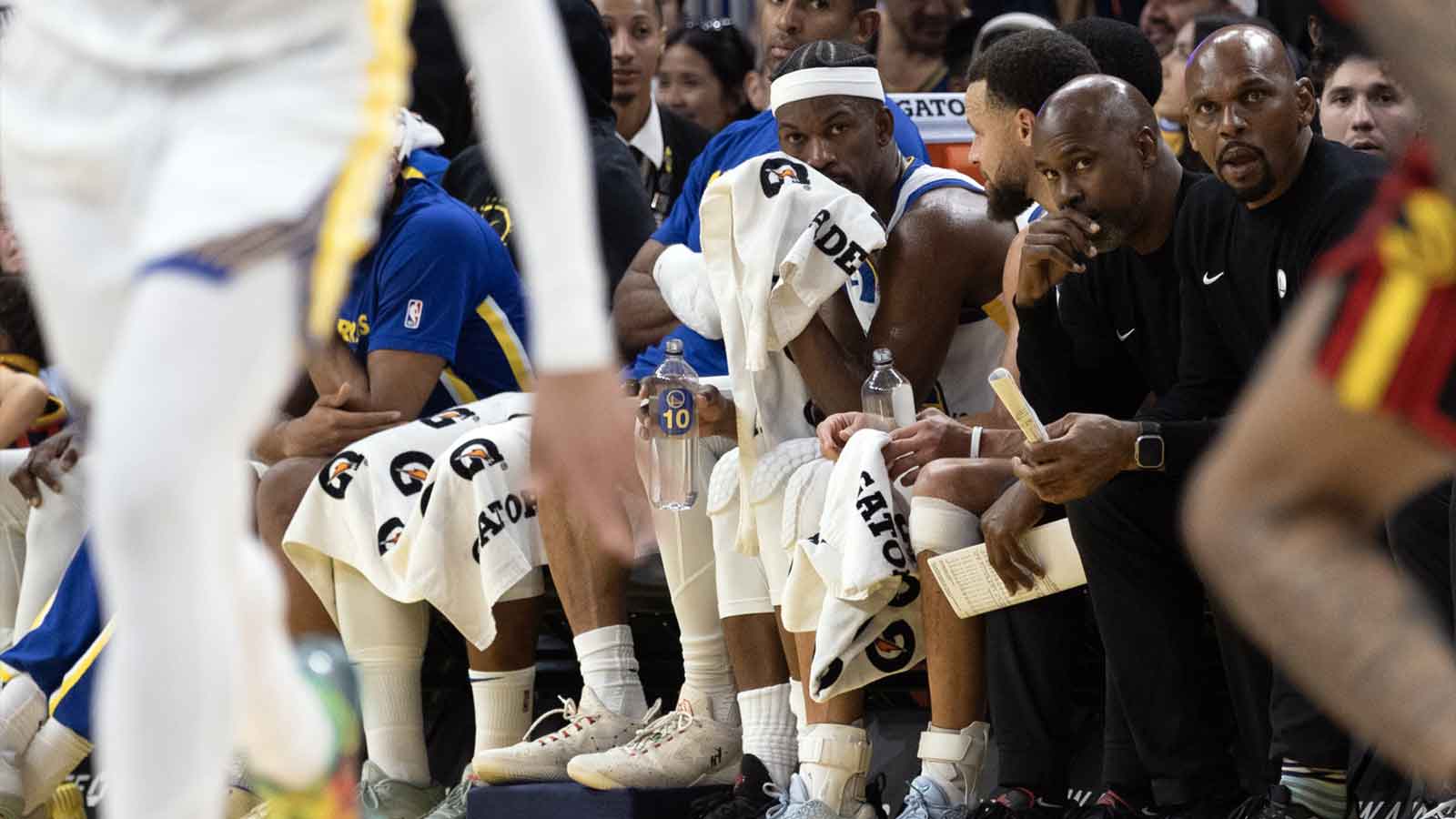So much for Jordan Poole's status as a fixture with the Golden State Warriors. Mere days after new head basketball decision-maker Mike Dunleavy Jr. insisted he'd remain in the Bay for years to come, the Warriors agreed to send Poole and draft assets to the Washington Wizards in a blockbuster trade for future Hall-of-Fame point guard Chris Paul.
The deal marks a stunning development for Golden State just a few hours before tipoff of the 2023 NBA Draft, where they were expected to be active seeking opportunities to move up or down from the No. 19 overall pick with or without Jonathan Kuminga. It remains to be seen how Dunleavy and the Dubs' revamped front office will approach draft night now that the team's biggest team-building chip has already been pushed in.
As free agency fast approaches, though, Golden State's exchange of Poole for Paul only sparks more questions with a pivotal offseason now fully underway. Let's grade the Warriors' shocking Chris Paul-Jordan Poole trade.
Grading Warriors' Chris Paul-Jordan Poole trade
Warriors get: Chris Paul
Wizards get: Jordan Poole, Ryan Rollins, 2030 first-round pick (top-20 protected), 2027 second-round pick
Much will be made of Dunleavy so quickly going back on his Monday assurance that the Warriors “plan on having [Poole] four more years at least,” but it was always foolish to take those comments at face value.
Poole's disastrous playoff run would've cratered his reputation league-wide even if it didn't come amid lingering fallout of the vicious preseason punch to the face he took from Draymond Green and his four-year, $123 million contract extension kicking in come the fall. Once Golden State's doomed title defense was finally finished, revealing remarks from both Poole and Steve Kerr about the former's fractured position in a Green-led locker room seemed to make his ongoing presence with the Warriors untenable.
Finding a workable trade package for Jordan Poole won’t be easy for the Warriors. Dubs beat writer @ArmstrongWinter dives into the biggest reason why.https://t.co/o0uuWWFD7y
— Warriors Nation (@WarriorNationCP) June 6, 2023
Perhaps those chemistry concerns really are the primary justification for Golden State moving on from Poole. Given Paul's $30.8 million expiring salary, though, it's abundantly clear future spending flexibility looms extremely large to the Dubs in this deal, too.
Assuming Green re-ups on a reasonable multi-year contract in July, the Warriors will enter next summer with just over $130 million in salary committed to seven players. Picking up Kevon Looney's team option, extending Klay Thompson at an annual number less than half his current $43.2 million salary and filling out the roster with minimums wouldn't leave them with cap room this time next year, or even necessarily get Joe Lacob out of the tax.
But striking Poole's long-term contract from the books does give Golden State an easy avenue to dipping below the second luxury-tax apron in 2024-25, free from crippling restrictions that would've made it extremely difficult to re-make the roster as Stephen Curry enters the twilight of his career. Next summer was always the Dubs' biggest crossroads once they decided to effectively run it back with the same core that's won them four titles. Acquiring Paul's expiring contract ensures the Warriors can go almost wherever they want from a team-building perspective no matter what transpires in 2023-24.
Still, looking ahead to coming financial ramifications misses the forest through the trees. Golden State will measure success in championships as long as Curry is playing anywhere near his peak. Does swapping Poole for Paul really represent the Warriors' best chance at leveling up to top-tier title contention next season?
Paul turned 38 in May, and missed the last four games of the Phoenix Suns' second-round loss to the Denver Nuggets with a groin strain—just the latest instance of injuries biting him when it matters most. A right shoulder injury dogged him early in Phoenix's run to the 2021 NBA Finals, while a hamstring strain sidelined him with the Houston Rockets for the final two games of a titanic Western Conference Finals against the eventual-champion Warriors three years earlier.
The reality is that Paul's postseason viability would be in doubt going forward even in a vacuum of perfect health. Father Time has already arrived for Paul. The intensity and physicality of playoff basketball is bound to wear him down the longer Golden State's hopeful title run next spring and early summer goes.
More problematic is the possibility that Paul just doesn't have enough two-way utility left in his legs to make a positive impact against elite-level competition in the first place.
Paul's all-time basketball IQ and relentless competitive spirit make him a better team defender than Poole, but his presence doesn't address the issue of the Warriors' best offensive lineup including another small guard next to Curry. He's simply a minus on-ball defender entering his 19th NBA go-around.
Paul isn't the off-ball shooting threat his three-point percentage and reputation suggest, either. He shot 52.5% on catch-and-shoot triples during the regular season and 31.3% in the playoffs, per NBA.com/stats, extremes that deflect from the most telling measure of his off-ball effectiveness: Low volume.
Paul's deliberate shooting stroke has only grown slower late in his career, and he's never been comfortable stepping into spot-up looks from several feet beyond the arc. Smart defenses—following the Nuggets' lead—will play an extra step or two off him away from the ball, confident Paul won't make them pay by splashing threes or aggressively attacking close-outs to get all the way to the rim.
The Warriors' lack of flexibility could make it very hard to address their biggest need this summer—barring internal improvement, at least.
(via @ArmstrongWinter)https://t.co/d8ULRcLJ8G
— Warriors Nation (@WarriorNationCP) May 24, 2023
It's not 2018, and Curry isn't prime James Harden. You don't bring in the point god right now for an on-court role that takes the ball out of his hands completely. In that respect, at least, Paul's addition is a security blanket for the Dubs' second-unit offense. Expect more ball-screen action from Golden State when Curry is on the bench and Paul is running the show, but Steve Kerr's read-and-react offense isn't about to devolve into a deluge of mid-range jumpers in that scenario.
Though Paul's never played in an offensive system like the Warriors', his peerless processing speed and elite court vision should make for a close to seamless transition. His steadying influence as a decision-maker could go a long way toward easing the Dubs' crunch-time woes, too.
How Paul will adjust to his new team's preference for pace is a different matter entirely. An open-floor blur while rising to prominence with the New Orleans Pelicans in the late 2000s, Paul has done the vast majority of his work in the halfcourt for over a decade. The balancing act of Golden State seeking early-clock opportunities as the defense scrambles versus Paul's calculated approach to table-setting will be fascinating to watch throughout 2023-24, especially when he's sharing the floor with Curry and Green.
Could the Warriors have done better than Paul in exchange for Poole, Rollins and modest draft compensation? The potential framework of such a deal was never obvious, but giving up on a 24-year-old playmaker who shot 62.7% on twos during Golden State's title run just last June for future cap relief provided by a small, injury-plagued guard nearing 40 is a tough pill to swallow.
The opportunity cost here isn't sky-high whether Poole was traded or not, and maybe the Warriors' hopes of winning a fifth championship in 10 years are slightly brighter with Paul in the fold. But the prioritization of long-term financial factors and immediate risks presented by Paul's age, health and poor fit next to Curry are all it takes for the Dubs to earn less than a passing grade on their first major transaction since Bob Myers' exit.

